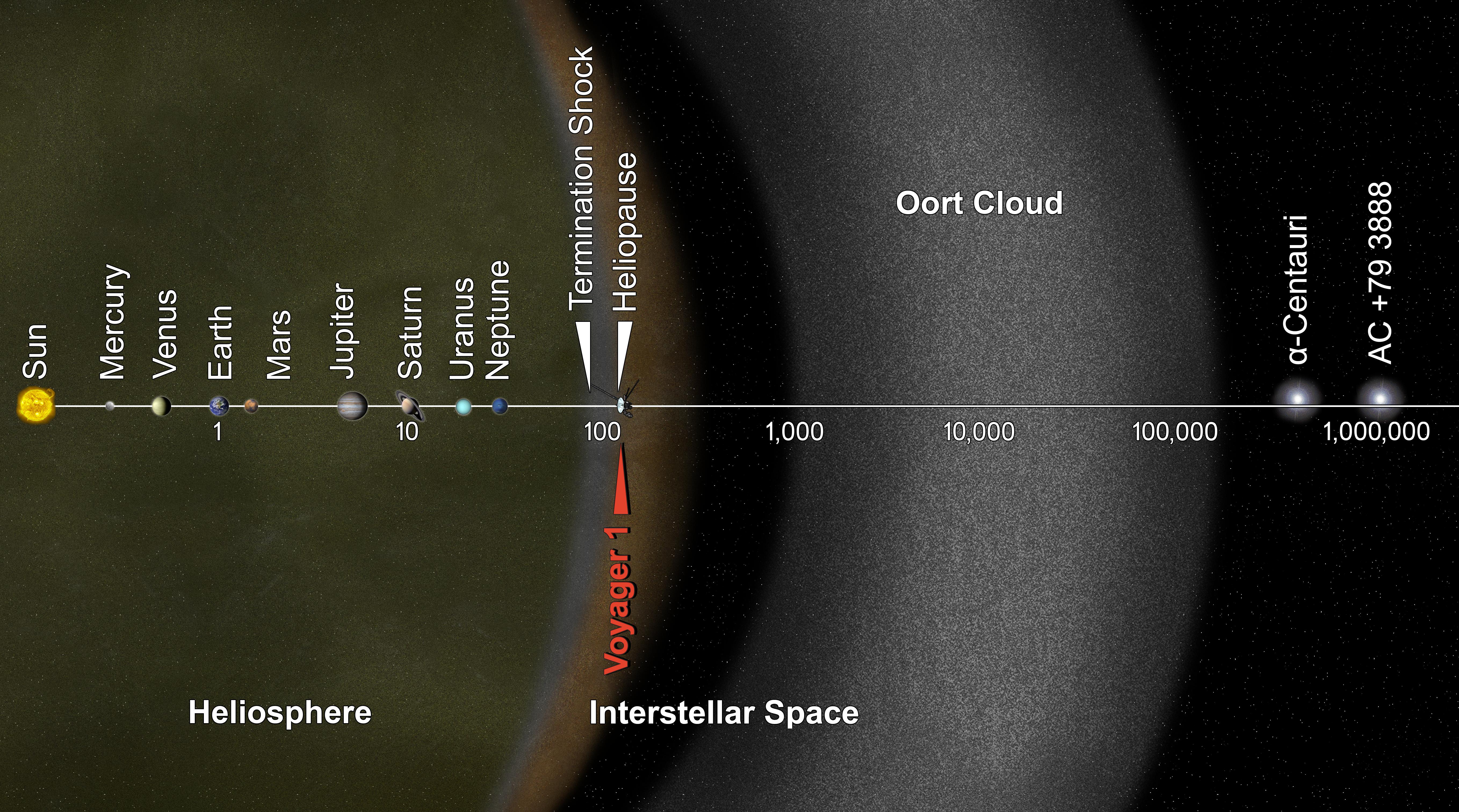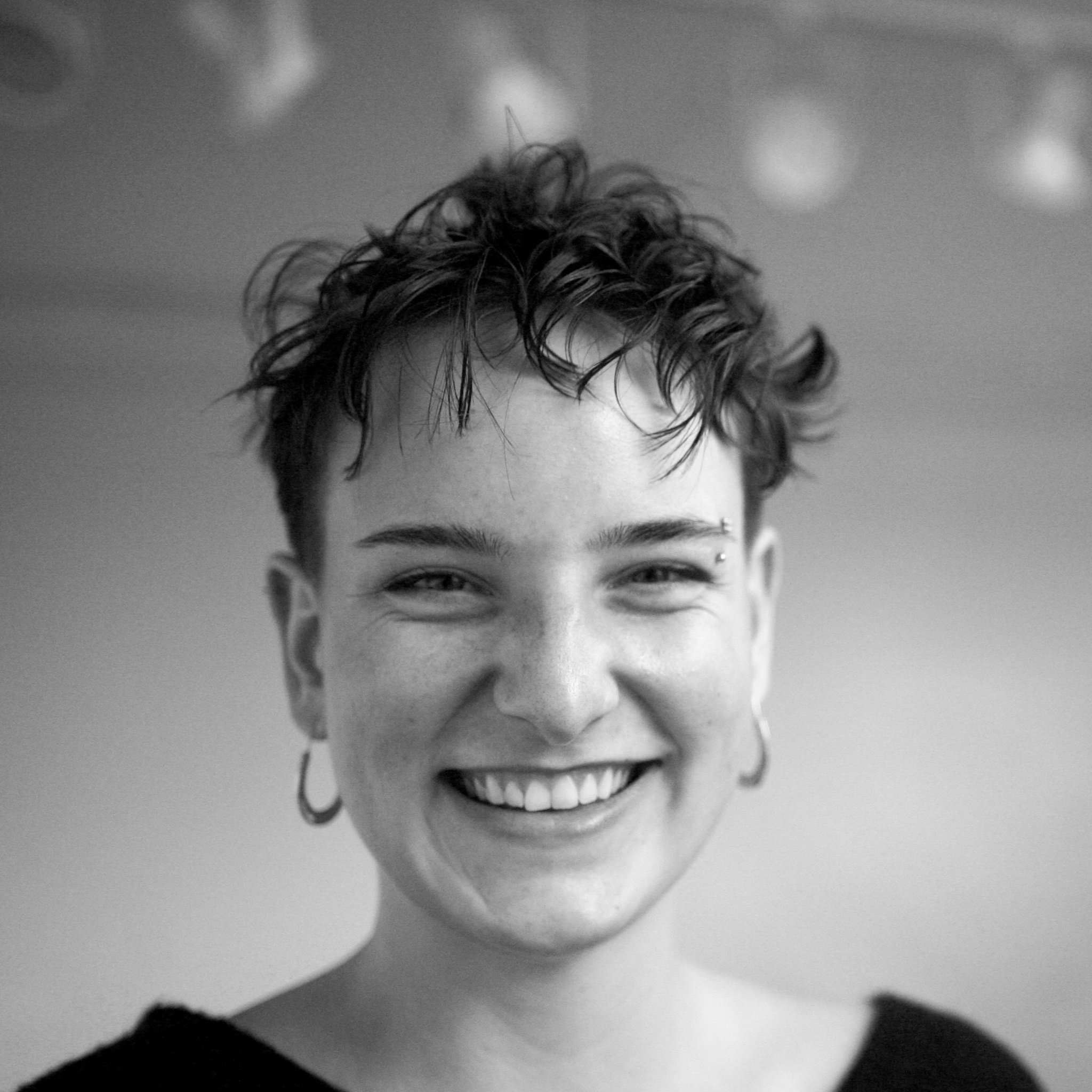in practice with Tom Luther
Join Tom Luther and Vicky Blume on a daring, intergalactic quest. The mission? Express Tom’s creative practice in words. Their conversation is the first in a new series of artist interviews called in practice. The series is a collaborative time capsule for the Fractured Atlas ecosystem, creating snapshots in time of our evolving creative journeys. This interview, and all that are to come, will live on Inciter Art—a writing, co-learning, and resource sharing space for creatives with big ideas and bigger questions.
I. Fitting in
Vicky: A friendly, extraterrestrial being recently touched down in your backyard and is now trying to understand how you and your art fit into planet Earth. What would you tell them about your creative practice and your worldview?
Tom: [laughs] I love that question because it's got so many answers. First off, I would beg the extraterrestrial, “Can you just take me with you? I would be more than happy to roll around in a spaceship with you and do whatever.” But the first idea I had intuitively was that I'm going to start singing to this being. Taking an idea or concept and singing it, then demonstrating how that idea would be played on a resonator guitar, then showing how I'd play that on an acoustic piano, and then translating it into electronic media. But I might explain to this being that I don't know how I fit into the world. And a lot of what I do with the arts is figuring that out. And the ideas I share today would be very different if that being came back in another year. It's that inevitable transformation of an artistic practice. So for our space being, I guess my final answer is, ‘You tell me how I fit in here because I don't know.’
V: Maybe they go on a mission to figure out how you fit into the world and then report back?
T: You know, I simply like that idea.
II. Resonances
V: Your artistic training was in piano, primarily in the Western European classical tradition. Now you create experimental, improvisational, and algorithmic sonic experiences. If someone was trying to make sense of those seemingly disparate worlds, what connections would you draw? Are there any compelling dissonances?
T: I had an epiphany about this recently. Whatever culture we live in, whatever time we live in, we're all telling the same stories. We just tell them with a different accent and different syntax. The classic example would be Romeo and Juliet and West Side Story. You can sometimes understand a story better when it's not in your own language—when it’s in a language that's unfamiliar to you. For example, this morning I started my day playing some Delta Blues on my resonator guitar. And then played some Bach on the piano at work. But by the end of the day, I was working at one of my synthesizers on an an audiovisual piece and realized that what I was playing on the synthesizer was related in some not insubstantial ways to what I'd been doing first thing in the morning in terms of rhythm, and even tonality. Different accent, right? If you side-by-side it, you might not hear the connection unless you were listening keenly. But to me, the way these three pieces resonate with one another suggests a larger narrative in a broader, human story.
V: It’s funny, because if people heard or watched the three different pieces, they might not make the connection. But it's almost like you're the connection. The artist is the connector.
T: Yeah, exactly. A conduit.
III. Legitimacy
V: Is there a problem you've recently encountered, solved, or are mulling over in your practice?
T: The biggest one that I've confronted my entire life but have a greater sense of awareness for potential solutions now is imposter syndrome. Bottom line, I have never had a positive view of what I do. I've been entirely too reliant on what other people think of what I do as a metric. And the problem I am attempting to solve is, “what is the metric for me?” Deciding when something is satisfactory or fulfilling. The big revelation recently that's pushed me in a different direction is, “who am I doing this for?” It's about accepting the idea that if it feels good to me, that's enough. When you go to music school, there's all these chains and expectations. In order to be legitimate, you have to have this special system of composition, or you have to honor what the great mighty Beethoven or another white guy said. And nothing you do will ever stand up to that. Maybe it's different now, but there was so much of that messaging when I was in school in the eighties—it was aggravating. And the shrapnel from that is still there.
V: There are so many levels to it, because there's the personal, intrinsic worth of being an artist. But also, if your career is hard to fund, the self doubt creeps in. I have a bunch of art up right now and it was a victory in and of itself to get it on the walls. But now, they're not selling and I have to grapple with that fact and tell myself, “okay, it's not about the sales.” What dawned on me is that art can feel frivolous, because it's not putting food on the table. It's not stitching up wounds. But it's still worthwhile.
T: I love the way you phrased it. Art doesn't put food on the table. It doesn't stitch up wounds. But I think that entirely depends on what kind of food and what kind of wounds you're talking about. I have personally experienced—both through my own practice and from others’ works of art—how nourishing art can be. And how it has quite literally stitched up my wounds.
To support Tom Luther’s work, please visit his fundraising page for Meditations on Perihelion. This one-of-a-kind planetarium experience explores the world of science through the world of sound. Fans can choose from a number of intergalactic support levels, including Terran, Lunar, Solar, and Oort Cloud. For curious souls, here is a diagram of an Oort cloud:
About Vicky Blume
Vicky Blume lives in Austin, Texas with her cat and partner. She co-leads the unparalleled External Relations team here at Fractured Atlas. In her artistic practice, Blume builds interactive websites, animations, and installations that offer calming and consensual alternatives to the Attention Economy.


